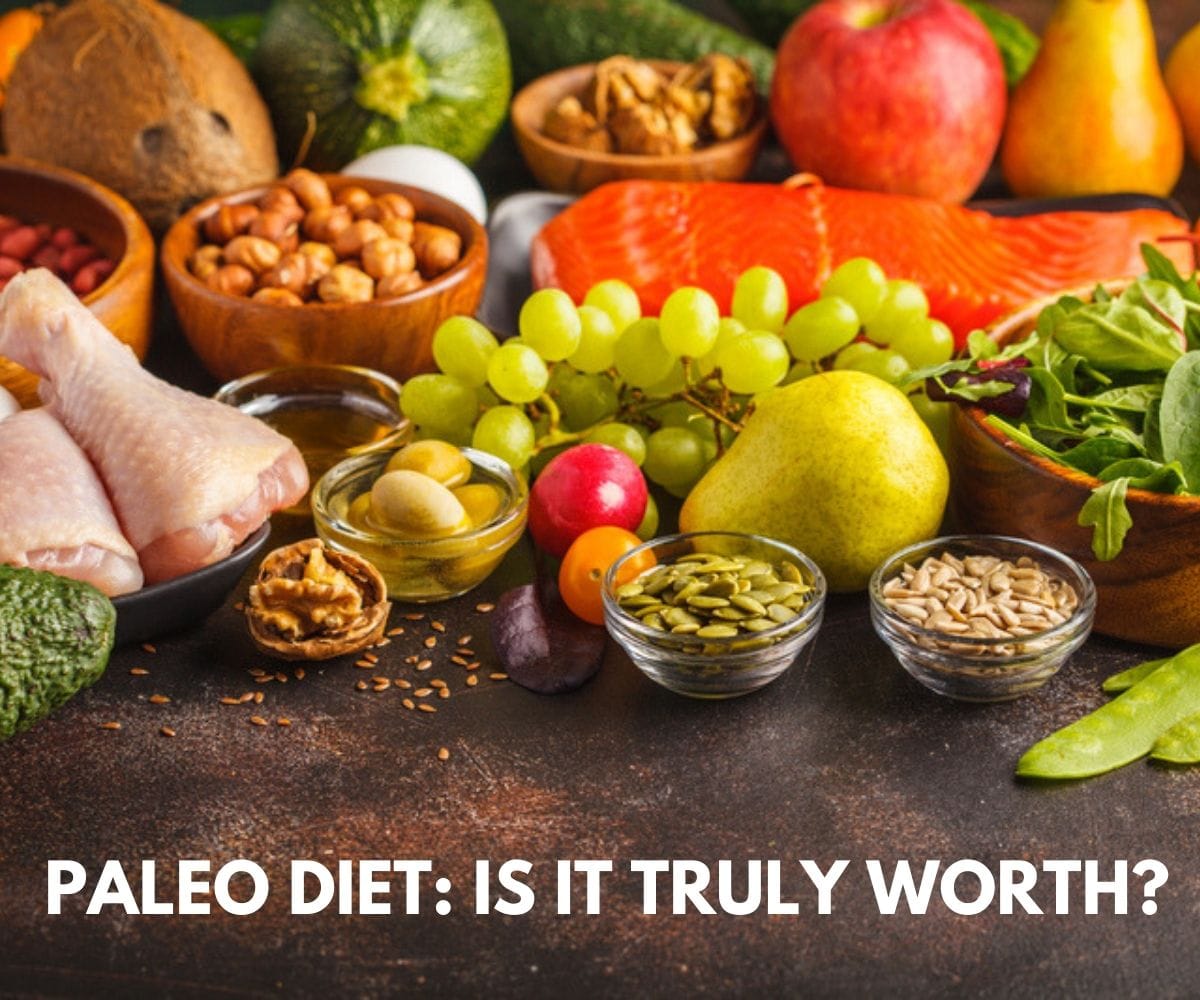Early humans survived on a diet that is considerably different than ours. We are talking about humans who existed over 2.5 million years ago. If we start following the diet they did, it’s known as the Paleo Diet. In other words, the diet of the Palaeolithic era. Other names for this diet include hunter-gatherers diet or the Stone Age diet. Essentially the contents of this diet include lean meats, fish, nuts, fruits, basically anything that could be acquired by hunting in groups.
What Is The Purpose Of Paleo Diet?
Research believes that since the discovery of farming products as dairy, legumes, and additional staples have been added to the diet. As a result, the human body genetics could not completely adapt to these new additions creating a mismatch. This theory is known as the discordance hypothesis. The hypothesis claims that since farming evolved, the mismatch increased leading to factors such as heart diseases, diabetes, and obesity.
Benefits Of A Paleo Diet:
The diet typically works towards eliminating processed food or foods loaded with sodium and calories. Therefore, the health risks are immediately reduced.
Weight loss gets accelerated because in this diet we are avoiding an entire food group: the one loaded with sugar and calories. When we restrict foods that contain more calories and less nutritional value, we lose weight at a faster rate. Ever seen a picture of an obese caveman? We neither!
When we consume processed food we inevitably feel bloated and feel hungry more frequently. However, with the Paleo diet, we are eating products that can only be found when hunting. In this instance, there’s better management of appetite as compared to more modernized diets. Additionally, more protein means more muscle retention.
What Can Be Eaten In The Paleo Diet?
As has been said above, you can eat anything that you would find while hunting.
The following list gives you an overall idea of what can be eaten.
- Fish such as salmon or albacore: the ones rich in omega 3 fatty acids.
- Grass-fed lean meats.
- Nuts, seeds, fruits.
- Vegetables.
- Oil which is derived from nuts such as olive oil.
This list provides you with the food items that you need to avoid when following a Paleo diet:
- Salt.
- Processed food in general.
- Dairy products.
- Refined sugar.
- Barley, oats, and wheat.
- Legumes: beans, peanuts, lentils.
Related Health Concerns:
The primary difference between a modern diet and the Paleo diet is the absence of grains or dairy products. Even though a Paleo diet is rich in protein but grains legumes are a great source of vitamins and fibers. Furthermore, the diet does not include dairy products as well and these have a great amount of calcium. In fact, while the diet may help in weight loss, scientists still believe there is not enough evidence that makes the Paleo diet better than the modern diet.
Additionally, even though lean meats such as a wild game or grass-fed meats are healthy, they are also reasonably expensive. Therefore, a shift to the Paleo diet may become heavy on the wallet for some people.

Finally, if you want to follow the Paleo diet then you can. Pair it up with a proper workout routine and you will be on the fast track to great physique. However, it is believed by researchers and fitness experts that we can be on the fast track with modern diets as well. Therefore, if we follow a well-balanced diet along with a proper workout routine consistently, we can achieve a great physique. The health benefits received by doing this is similar to that of following a Paleo diet.


